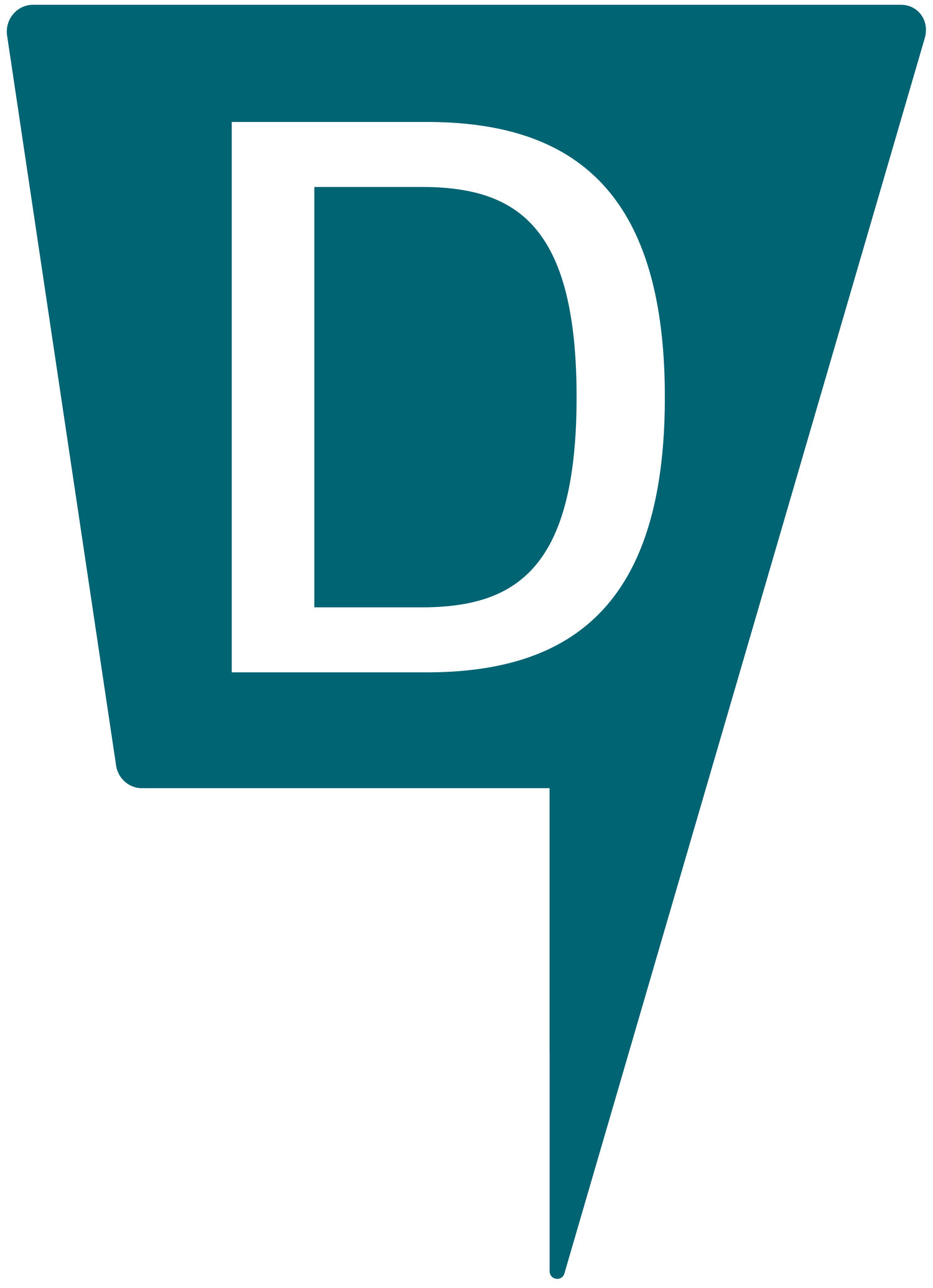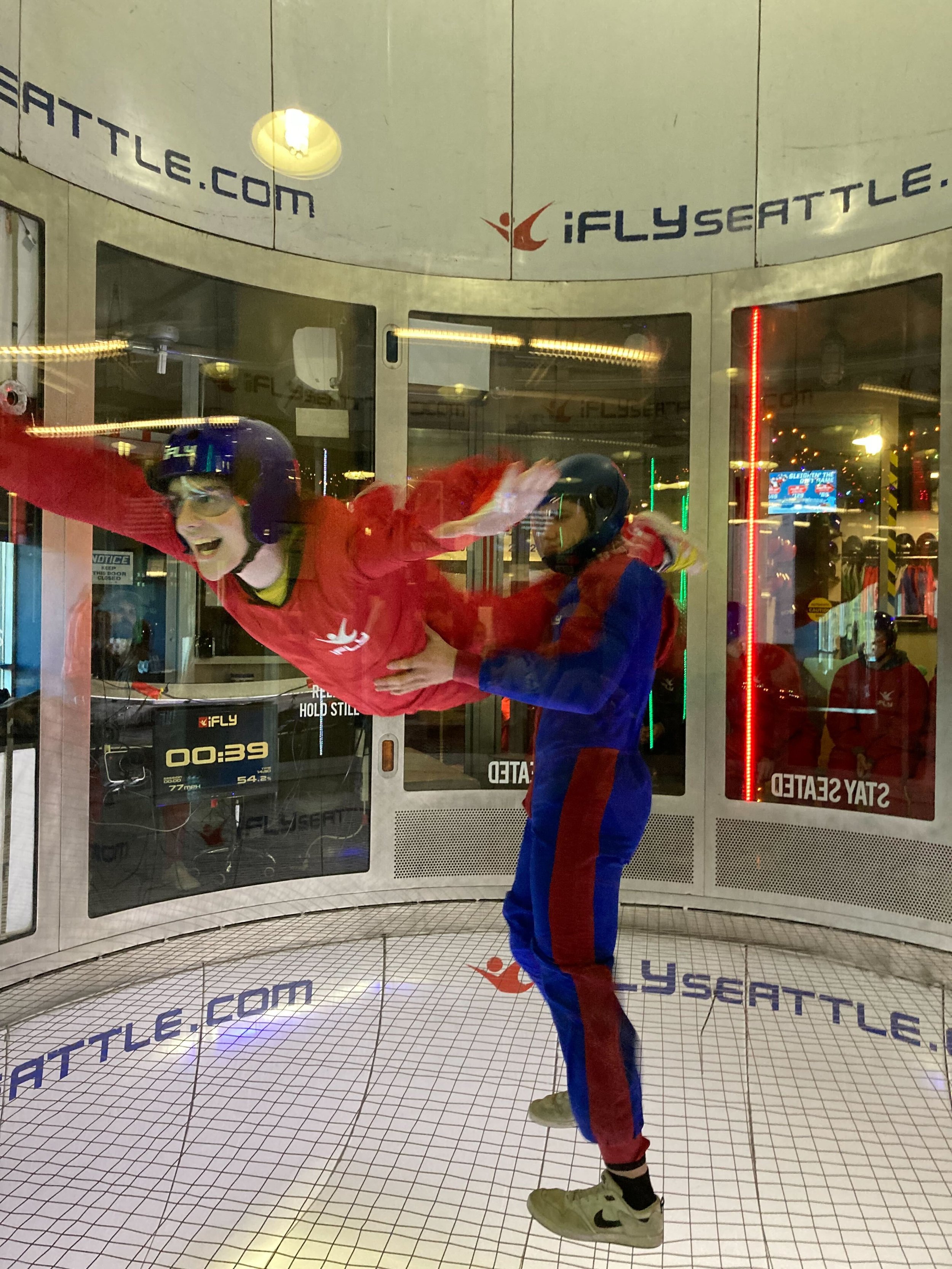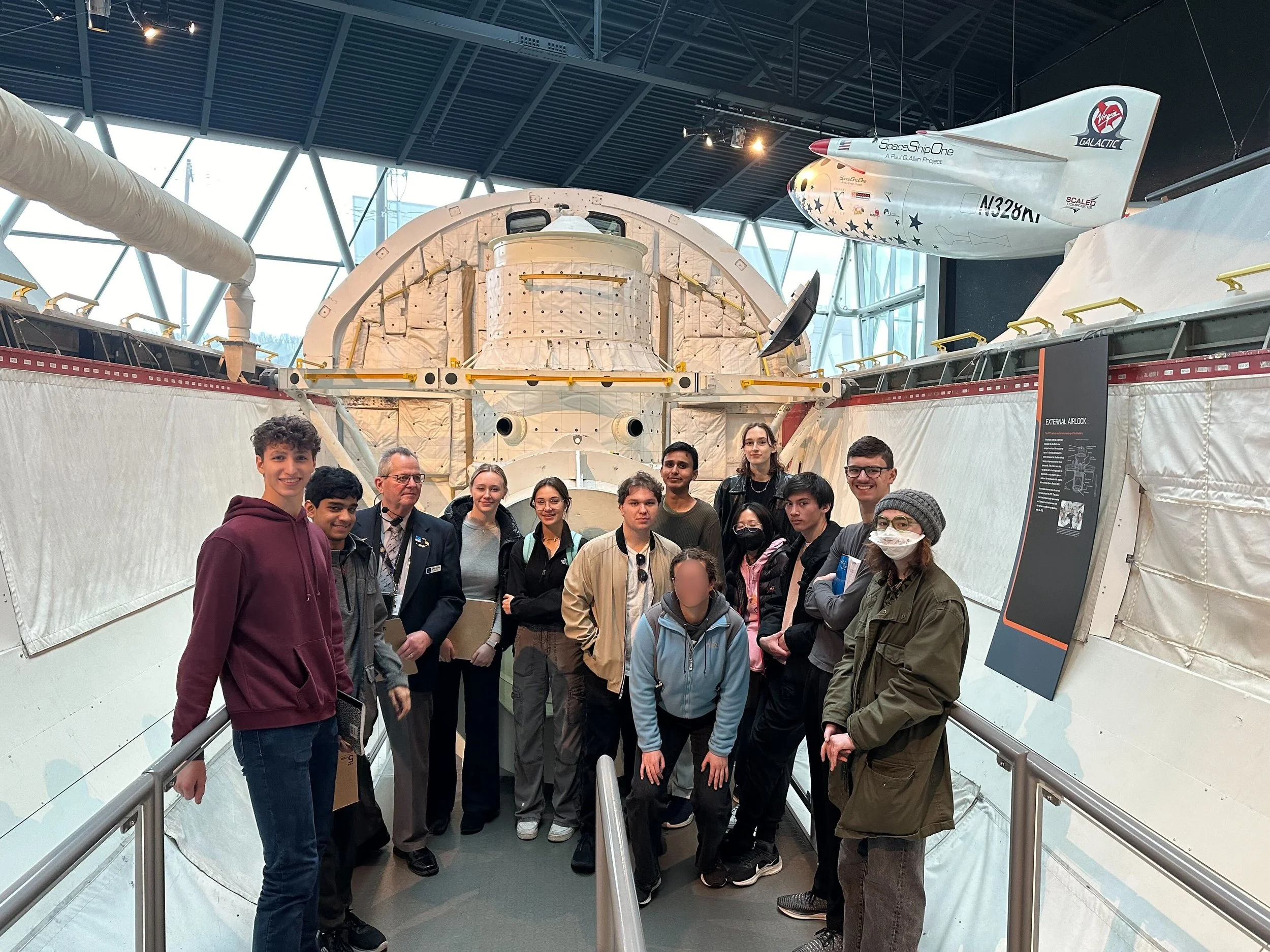Partnerships, Not Field Trips
By Dan Wicklund
As a Physics teacher, I’m well used to working with stuff. My classroom is brimming with things that roll, slide, spin, go plop and woop, make splashes, sparks, pops and elicit exclamations, squeals and occasionally, shrieks. It’s also brimming with entropy. Sometimes, when I want a little more lab space, it’s nice to be able to walk out the door, and – five minutes later – step inside the Pacific Science Center, one of our closest partner organizations.
I take my photography students and my Advanced Physics students to play with the giant mirrors and lenses and make ray diagrams in our optics unit. I take my Astronomy students to see the beautiful, big cloud chamber to witness and discuss the particle tracks made by cosmogenic muons, and to study the constellations in their Planetarium. All of our students have memberships to the Pacific Science Center, and it’s close enough that we don’t even have to spend a whole class block there. It takes less time to walk over to PacSci than it does to set up my own cloud chamber in the classroom!
When I think of a “field trip,” I think of something that I don’t have much control over. Piling students onto a bus and going somewhere for a canned experience that costs a lot of money and may be only tenuously related to what we’re doing in class. As a campus connected to the city, we build relationships with organizations like The Gates Foundation Discovery Center, the Pacific Science Center, iFly and the Museum of Flight. This allows us to design, in concert with these organizations, experiences tailored to our students and experiences that span much more than an afternoon or a class period.
Our Physics students enjoy a unique lecture at iFly and a lab experience that begins in our classroom, continues at iFly, and ends after the experience with the data we collected. Our Advanced Physics students enjoyed a one-of-a-kind tour at Blue Origin, from propulsion engineers who could tackle our toughest questions. And our Astronomy students get a highly educational and unique presentation in their planetarium, specifically designed with our students in mind.
My students and I love these experiences, but I get the particularly satisfying joy of getting to rework them every year, fine tuning the experiences in concert with the specialists at each of these organizations. Having partners like the Pacific Science Center helps to make The Downtown School a thriving, dynamic, curiosity-driven and curiosity-satisfying experience for every student.



